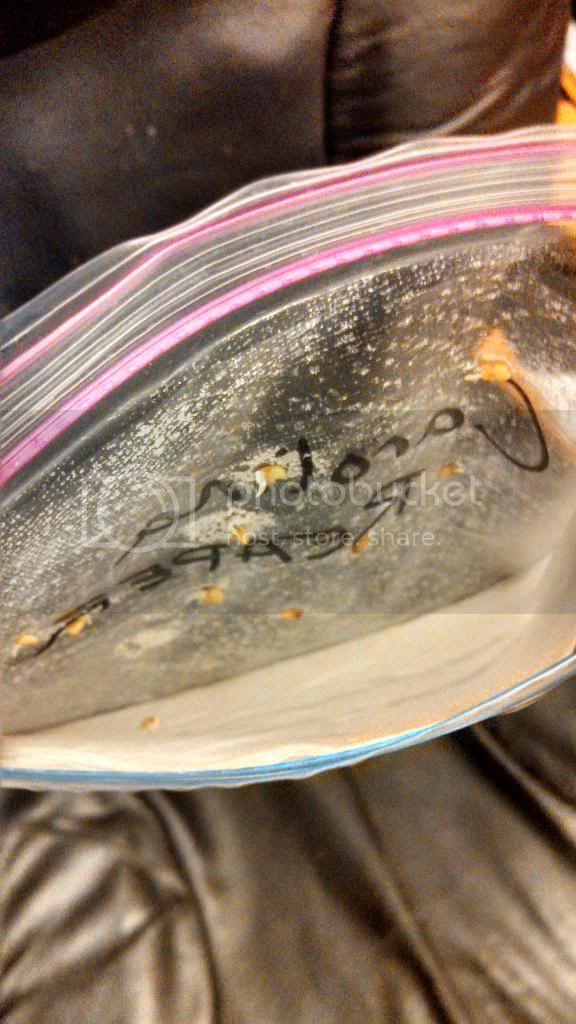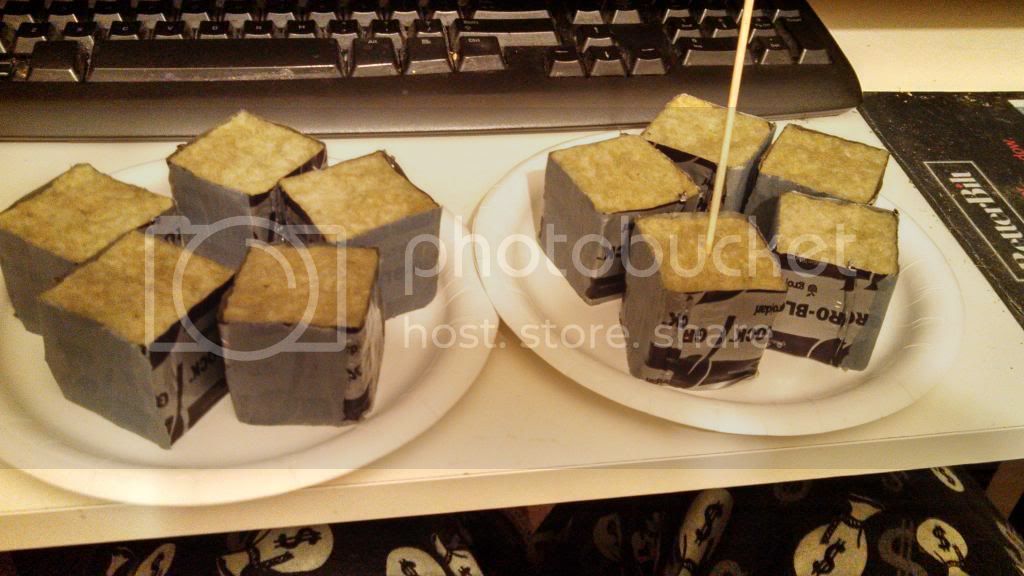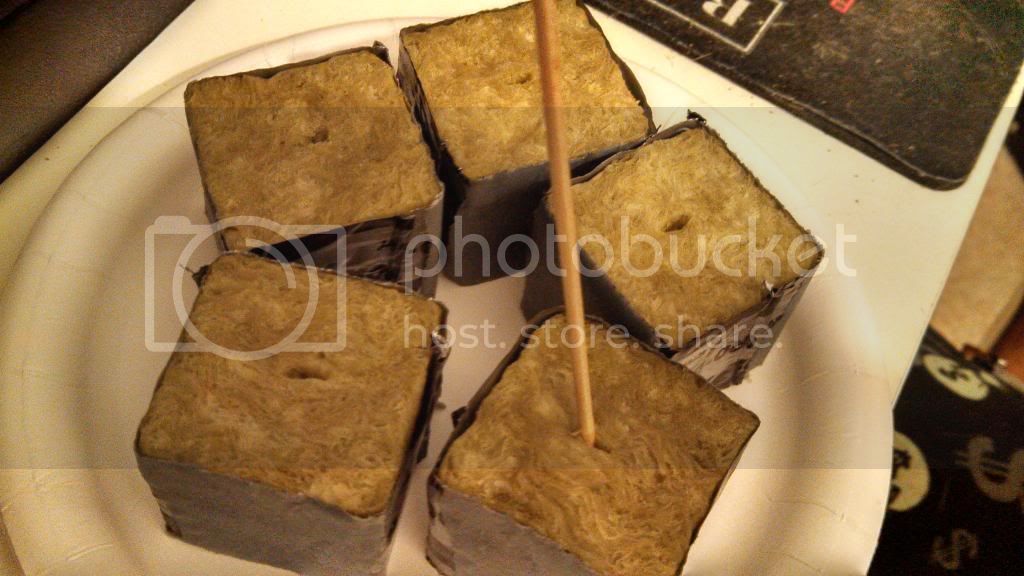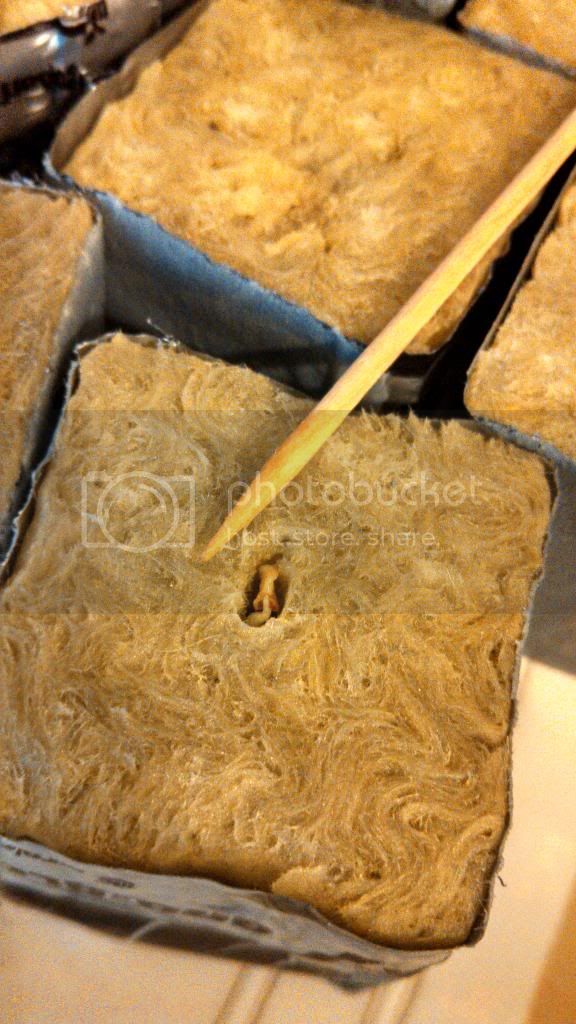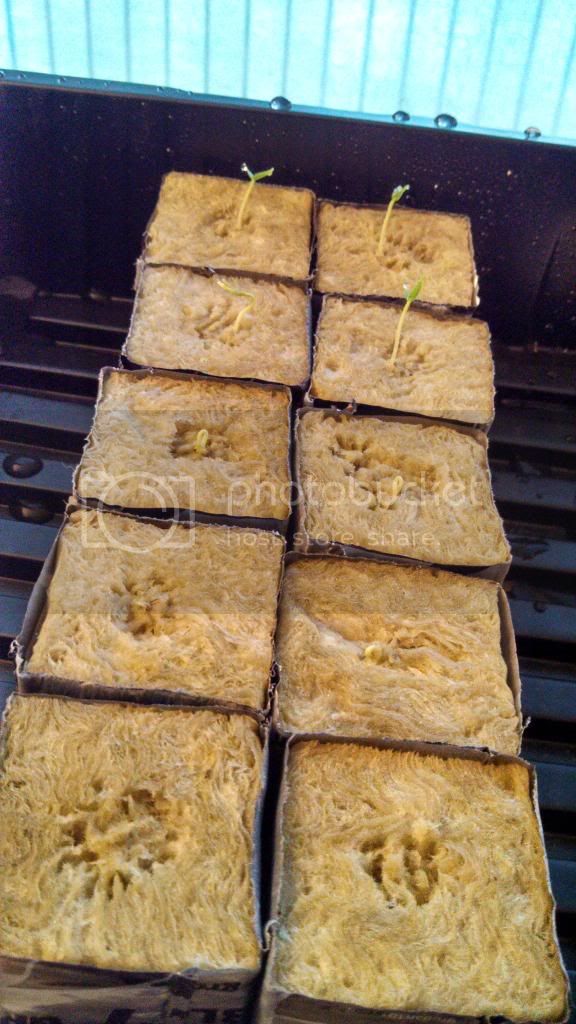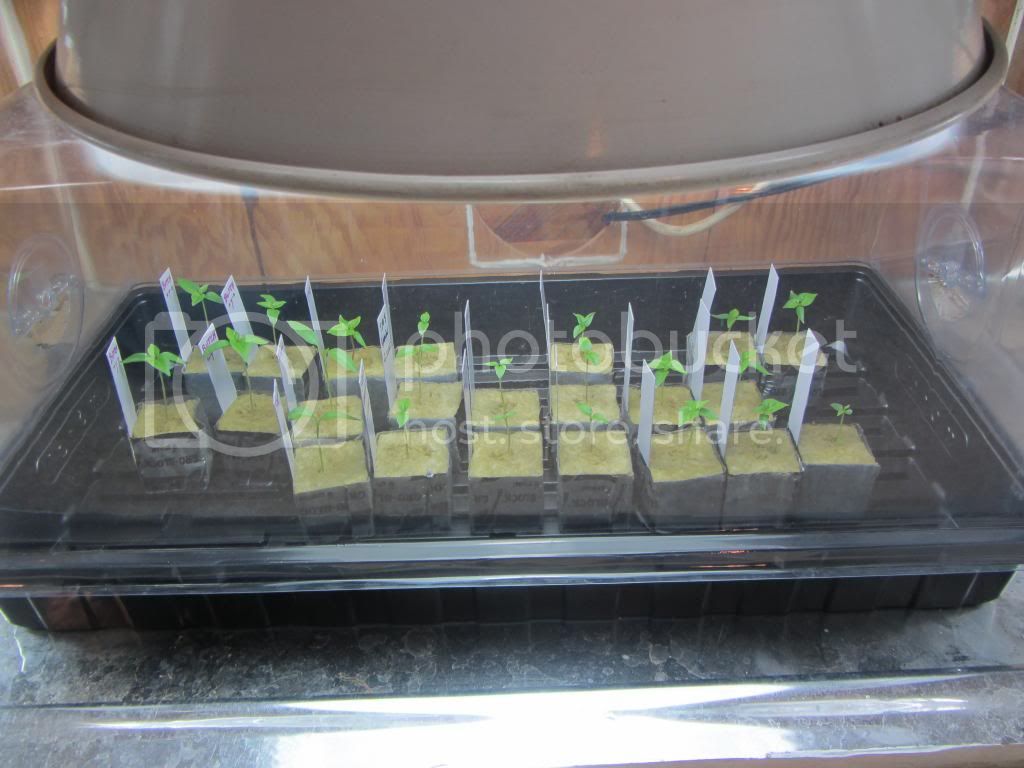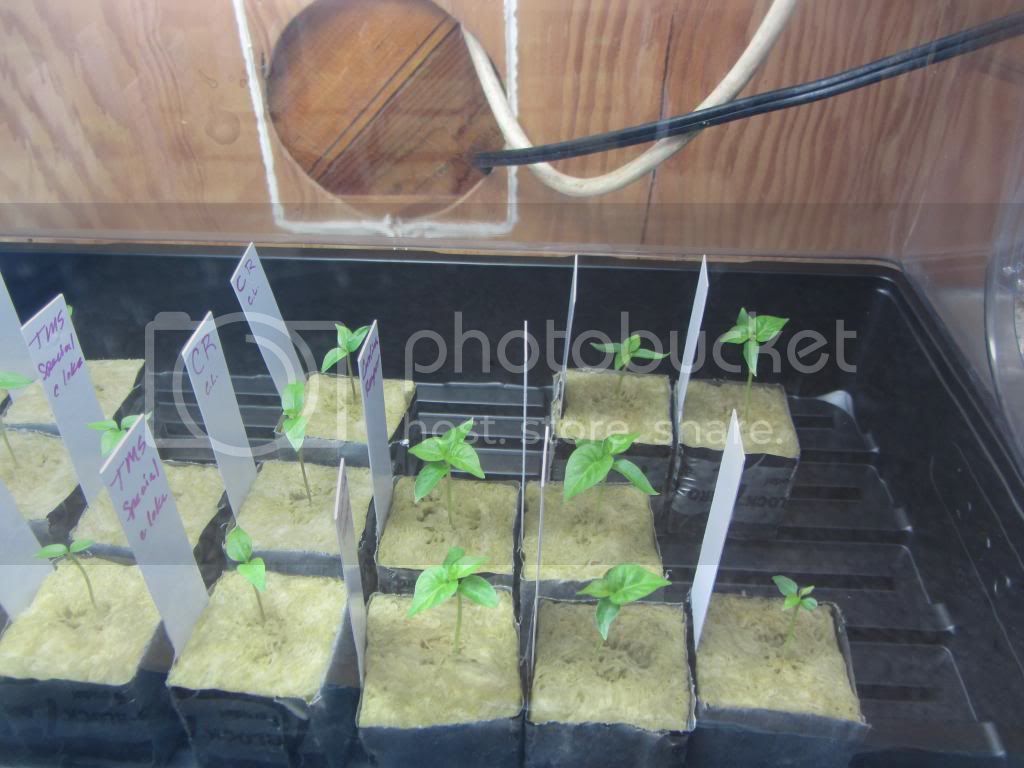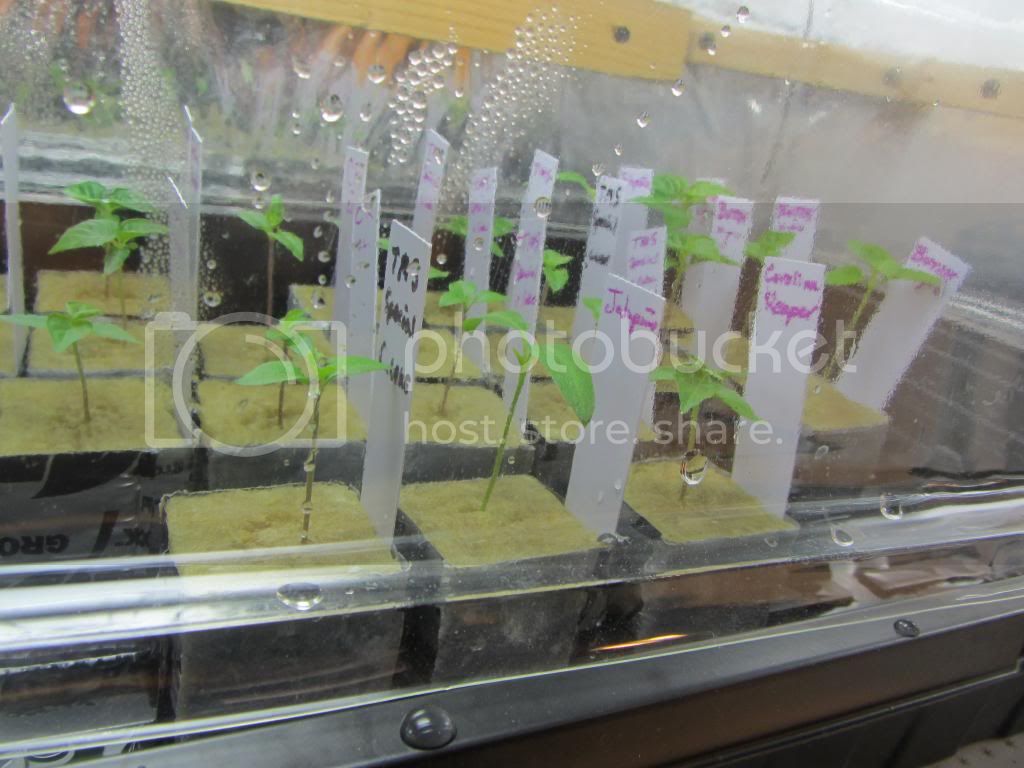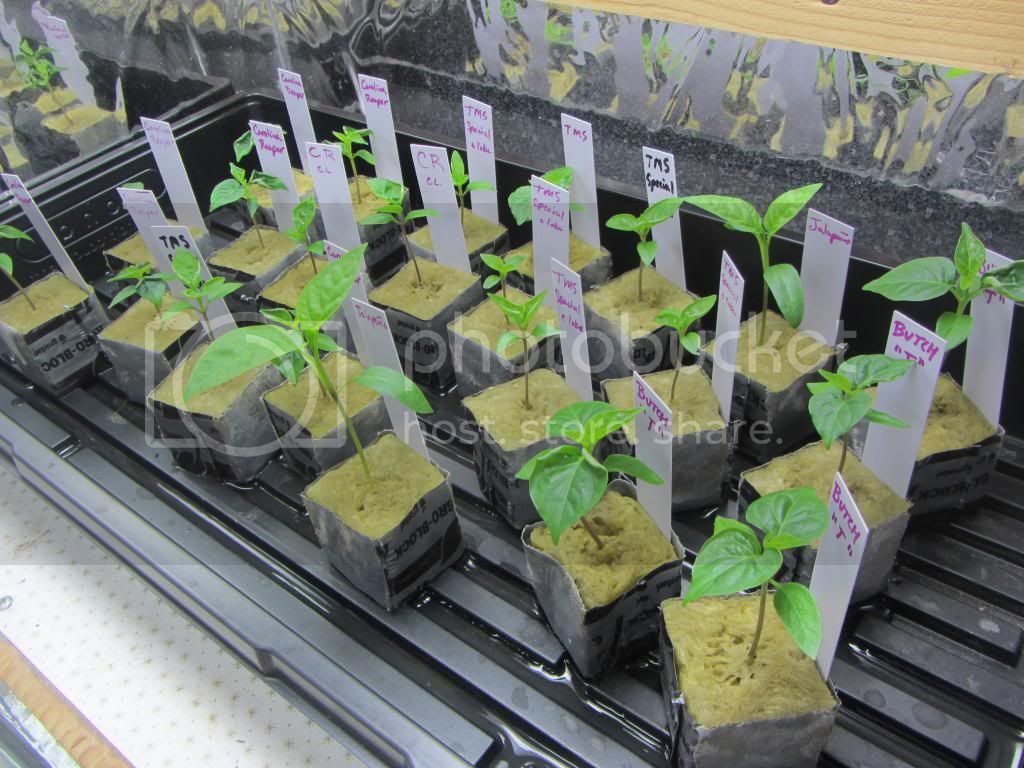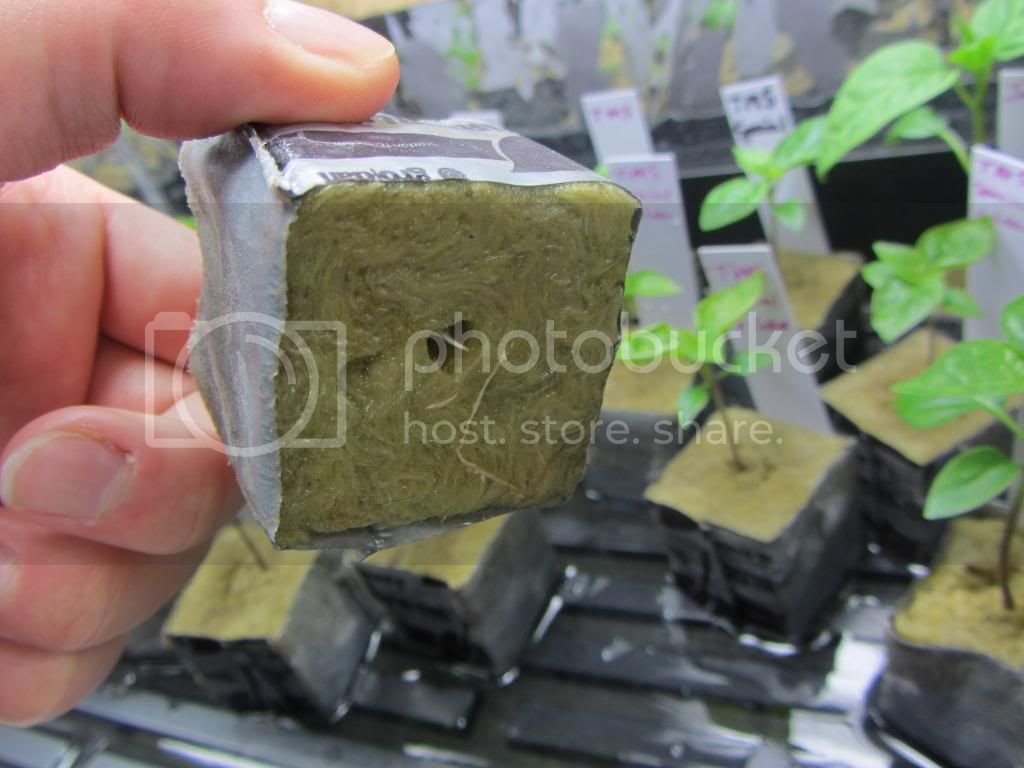This is not really a post meant for seasoned growers. This is really meant for people that are just starting out that ask the question, when will I know to water my plants.
Generally, I suggest to use the dig 1 inch method. Whereas you use your finger or a chopstick to dig 1 inch into the soil. If the soil is dry, it can use a watering. Now, every different plant genetic will react differently to giving us signs it needs watering. But the pepper plants are not subtle at all.
When they want water, they tell you. All of the leaves will look "sad" and droop downward. This means that the plant wants to "aspirate," which means it wants to cycle water through its leaves and continue "working." But when it runs out of water, it uses the water in the leaves cells which work like mini hydrolics holding the structure of the plant. When you finally give the plant water, it will raplidy start filling those cells and reforming its correct structure.
Now, that is how it works, but what I mean to say in this thread is that this is a direct sign that it is time to water. Otherwise, you will be taking away from the plants' potential. Some people do this intensionally to help increase the heat of the peppers, or any other reason.
These plants can take a beating. Even if you were to break a stem, if enough of the outer stem is still connected to support the leaves above the break, then that section of the plant will continue to grow.
The environment I have has a LOT of air flow. maybe a little too much. But even with all of that moving air, the humidity is pretty stable around 50% ( I live in southern CA so it is pretty much that way all the time here). But since there is so much air movement, the soil dries out super fast. And I come home all the time to wilted plants.
This video shows how quickly you can expect rebound to occur to a point that it is obvious.
http://youtu.be/1Gj-9VoqZmw
Generally, I suggest to use the dig 1 inch method. Whereas you use your finger or a chopstick to dig 1 inch into the soil. If the soil is dry, it can use a watering. Now, every different plant genetic will react differently to giving us signs it needs watering. But the pepper plants are not subtle at all.
When they want water, they tell you. All of the leaves will look "sad" and droop downward. This means that the plant wants to "aspirate," which means it wants to cycle water through its leaves and continue "working." But when it runs out of water, it uses the water in the leaves cells which work like mini hydrolics holding the structure of the plant. When you finally give the plant water, it will raplidy start filling those cells and reforming its correct structure.
Now, that is how it works, but what I mean to say in this thread is that this is a direct sign that it is time to water. Otherwise, you will be taking away from the plants' potential. Some people do this intensionally to help increase the heat of the peppers, or any other reason.
These plants can take a beating. Even if you were to break a stem, if enough of the outer stem is still connected to support the leaves above the break, then that section of the plant will continue to grow.
The environment I have has a LOT of air flow. maybe a little too much. But even with all of that moving air, the humidity is pretty stable around 50% ( I live in southern CA so it is pretty much that way all the time here). But since there is so much air movement, the soil dries out super fast. And I come home all the time to wilted plants.
This video shows how quickly you can expect rebound to occur to a point that it is obvious.
http://youtu.be/1Gj-9VoqZmw

